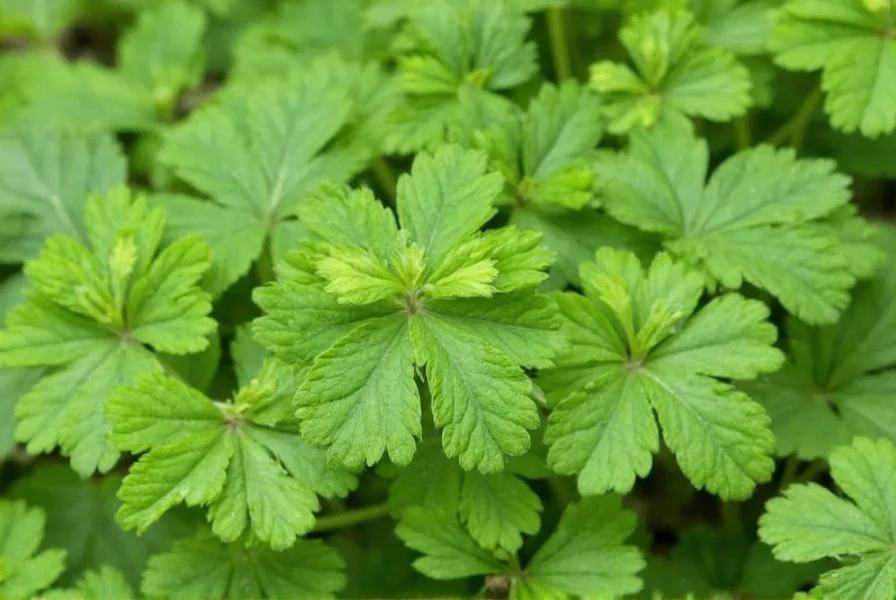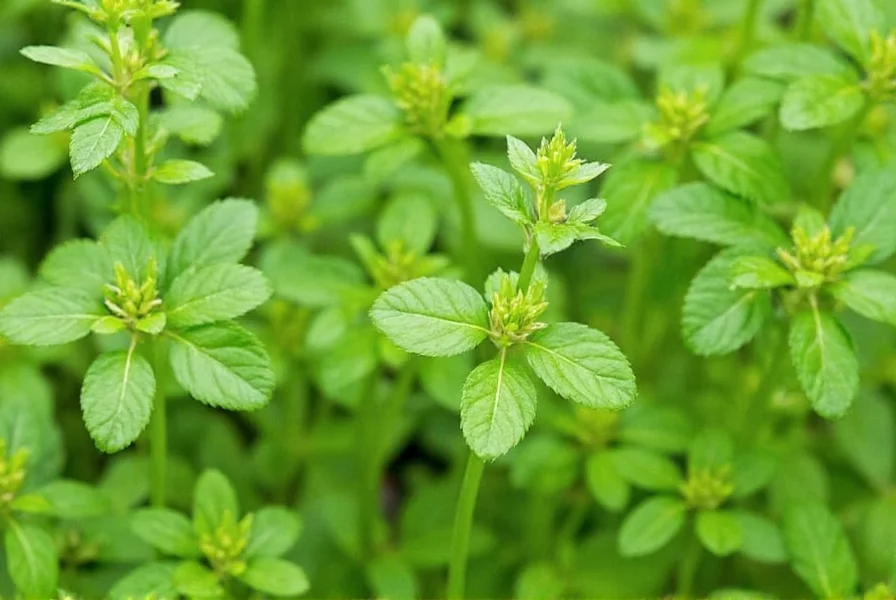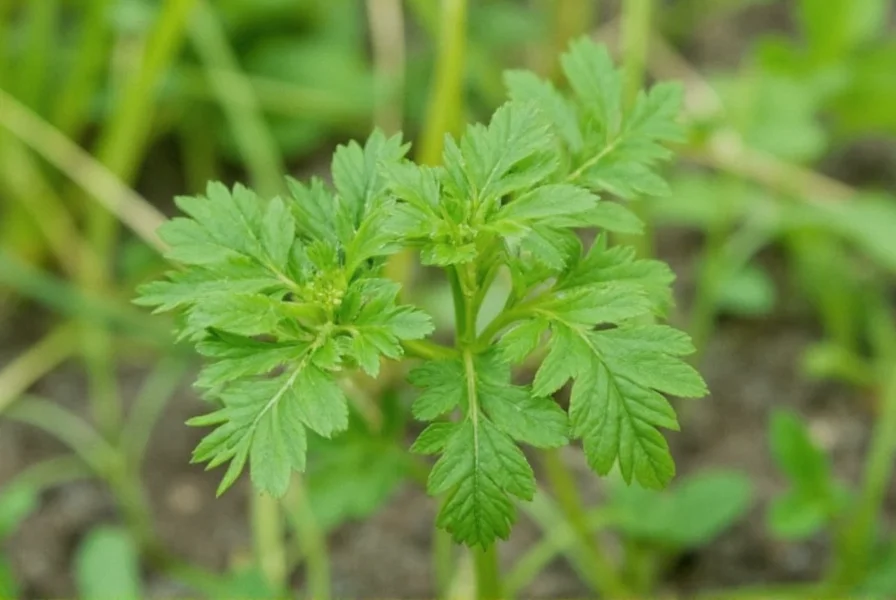Discover the complete guide to cultivating vibrant coriander plants from seed to harvest. Whether you're a beginner gardener or looking to perfect your technique, this comprehensive resource provides science-backed methods for growing healthy coriander in containers or garden beds.
Understanding Coriander Growth Requirements
Coriander (Coriandrum sativum) thrives in cool weather conditions, making it ideal for spring and fall planting in most climates. Unlike many herbs that grow from cuttings, coriander develops best when grown directly from seed due to its taproot system, which doesn't transplant well once established.
Successful coriander cultivation depends on three critical factors: proper soil preparation, appropriate watering techniques, and strategic timing. The plant prefers temperatures between 50-85°F (10-29°C) and will bolt (go to seed) quickly when exposed to prolonged heat or inconsistent moisture.

Step-by-Step Guide to Growing Coriander from Seed
1. Timing Your Planting
For outdoor planting, sow coriander seeds 2-4 weeks before your last expected frost date. In warmer climates (zones 7+), plant in early spring or again in early fall for a second harvest. Gardeners in zones 9-11 can grow coriander through winter.
Indoor growers can start coriander seeds year-round, but should position plants near south-facing windows or provide 14-16 hours of artificial light daily for optimal growth. When growing cilantro from seeds indoors, maintain room temperatures around 65-75°F (18-24°C).
2. Soil Preparation
Coriander requires well-draining soil to prevent root rot. Create an ideal growing medium by mixing:
| Soil Component | Percentage | Purpose |
|---|---|---|
| Quality potting mix or garden soil | 60% | Provides base nutrients |
| Compost or well-rotted manure | 20% | Enhances fertility and moisture retention |
| Perlite or coarse sand | 20% | Improves drainage |
Test your soil pH using a simple kit—coriander prefers slightly acidic to neutral conditions (6.2-6.8). Amend overly alkaline soils with elemental sulfur or acidic compost.
3. Planting Coriander Seeds
Follow these precise steps for optimal germination:
- Soak seeds in room-temperature water for 24-48 hours to soften the hard outer shell
- Prepare planting area with your amended soil mixture
- Plant seeds 1/4 inch deep—any deeper significantly reduces germination rates
- Space seeds 2-3 inches apart in rows 12 inches apart
- Cover lightly with soil and water gently
- Maintain consistent soil moisture until germination
For container growing, choose pots at least 8 inches deep to accommodate the taproot. Use containers with drainage holes to prevent water accumulation.
4. Watering and Care Requirements
Proper moisture management represents the most critical factor in successful coriander cultivation. During germination, keep soil consistently moist but not soggy. After seedlings emerge:
- Water when top inch of soil feels dry
- Avoid overhead watering to prevent fungal diseases
- Provide approximately 1 inch of water weekly
- Use mulch to maintain consistent soil moisture
Overwatering causes yellowing leaves and root rot, while underwatering triggers premature bolting. Check soil moisture daily during hot weather, as container plants may require watering twice daily.

5. Managing Growth and Preventing Bolting
Bolting (flowering and going to seed) represents the primary challenge when growing coriander. To extend your harvest period:
- Provide partial shade during hottest parts of the day
- Maintain consistent soil moisture
- Harvest leaves regularly to encourage bushier growth
- Choose slow-bolting varieties like 'Santo' or 'Calypso'
- Succession plant every 2-3 weeks for continuous harvest
When flowers appear, you can either allow the plant to go to seed (producing coriander seeds) or cut back flowering stems to encourage leaf production for 2-3 more weeks.
Troubleshooting Common Coriander Growing Problems
Yellowing Leaves
Causes include overwatering, nutrient deficiency, or poor drainage. Check soil moisture and adjust watering schedule. Apply a balanced liquid fertilizer every 3-4 weeks during active growth.
Poor Germination Rates
If your coriander seed germination time exceeds 14 days, consider these factors:
- Seeds planted too deep (should be 1/4 inch maximum)
- Soil temperature below 50°F (10°C)
- Old or improperly stored seeds (viability decreases after 2 years)
- Excessive moisture causing seed rot
Pest Management
Aphids and whiteflies occasionally affect coriander. Control infestations with:
- Strong spray of water to dislodge pests
- Insecticidal soap applications
- Introducing beneficial insects like ladybugs
- Neem oil solution (follow label instructions)
Harvesting and Storage Techniques
Begin harvesting coriander leaves when plants reach 6 inches tall, typically 3-4 weeks after planting. For best flavor and continuous production:
- Harvest outer leaves first, allowing inner leaves to continue growing
- Cut stems just above a leaf node to encourage branching
- Never remove more than one-third of the plant at once
- Harvest in the morning when essential oils are most concentrated
For long-term storage, freeze leaves in ice cube trays with water or oil, dry leaves for later use, or preserve in vinegar. Fresh coriander maintains best flavor when used within 2-3 days of harvest.
Frequently Asked Questions
How long does it take for coriander to grow from seed?
Coriander seeds typically germinate in 7-10 days under optimal conditions (soil temperature 55-65°F/13-18°C). Seedlings emerge within 1-2 weeks, and you can begin harvesting leaves when plants reach 6 inches tall, usually 3-4 weeks after planting. For continuous harvest, succession plant new seeds every 2-3 weeks throughout the growing season.
Why is my coriander not growing well?
Poor coriander growth often results from improper watering, inadequate sunlight, or planting seeds too deep. Check that you've planted seeds only 1/4 inch deep in well-draining soil with pH 6.2-6.8. Ensure plants receive 4-6 hours of sunlight daily and maintain consistent moisture without waterlogging. Temperature extremes (below 50°F/10°C or above 85°F/29°C) can also stunt growth or trigger premature bolting.
How deep should I plant coriander seeds?
Plant coriander seeds 1/4 inch deep in the soil. This shallow planting depth is critical because coriander has a taproot system that struggles to emerge if planted too deeply. Space seeds 2-3 inches apart in rows 12 inches apart. For container growing, choose pots at least 8 inches deep to accommodate root development while maintaining the 1/4 inch planting depth.
Can I grow coriander indoors year-round?
Yes, you can successfully grow coriander indoors year-round with proper conditions. Use a container at least 8 inches deep with drainage holes, filled with well-draining potting mix. Position plants near a south-facing window or provide 14-16 hours of artificial light daily. Maintain temperatures between 65-75°F (18-24°C) and water when the top inch of soil feels dry. Indoor coriander typically grows slower than outdoor plants, so expect to harvest leaves 4-5 weeks after planting.
How do I prevent coriander from bolting too quickly?
To prevent premature bolting, provide partial shade during the hottest parts of the day, maintain consistent soil moisture, and harvest leaves regularly to encourage bushier growth. Choose slow-bolting varieties like 'Santo' or 'Calypso,' and succession plant new seeds every 2-3 weeks. Avoid exposing plants to temperatures above 85°F (29°C) for extended periods, as heat is the primary trigger for bolting in coriander.











 浙公网安备
33010002000092号
浙公网安备
33010002000092号 浙B2-20120091-4
浙B2-20120091-4